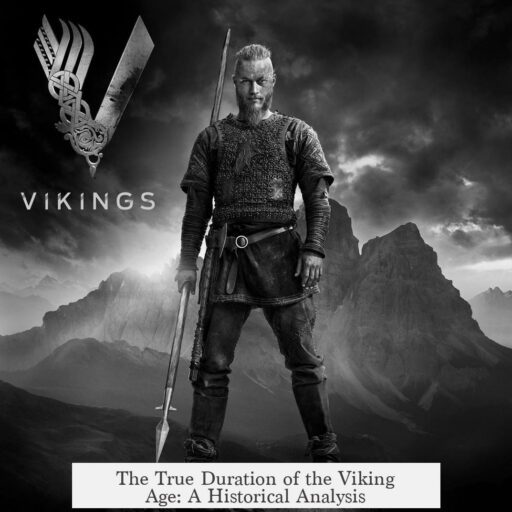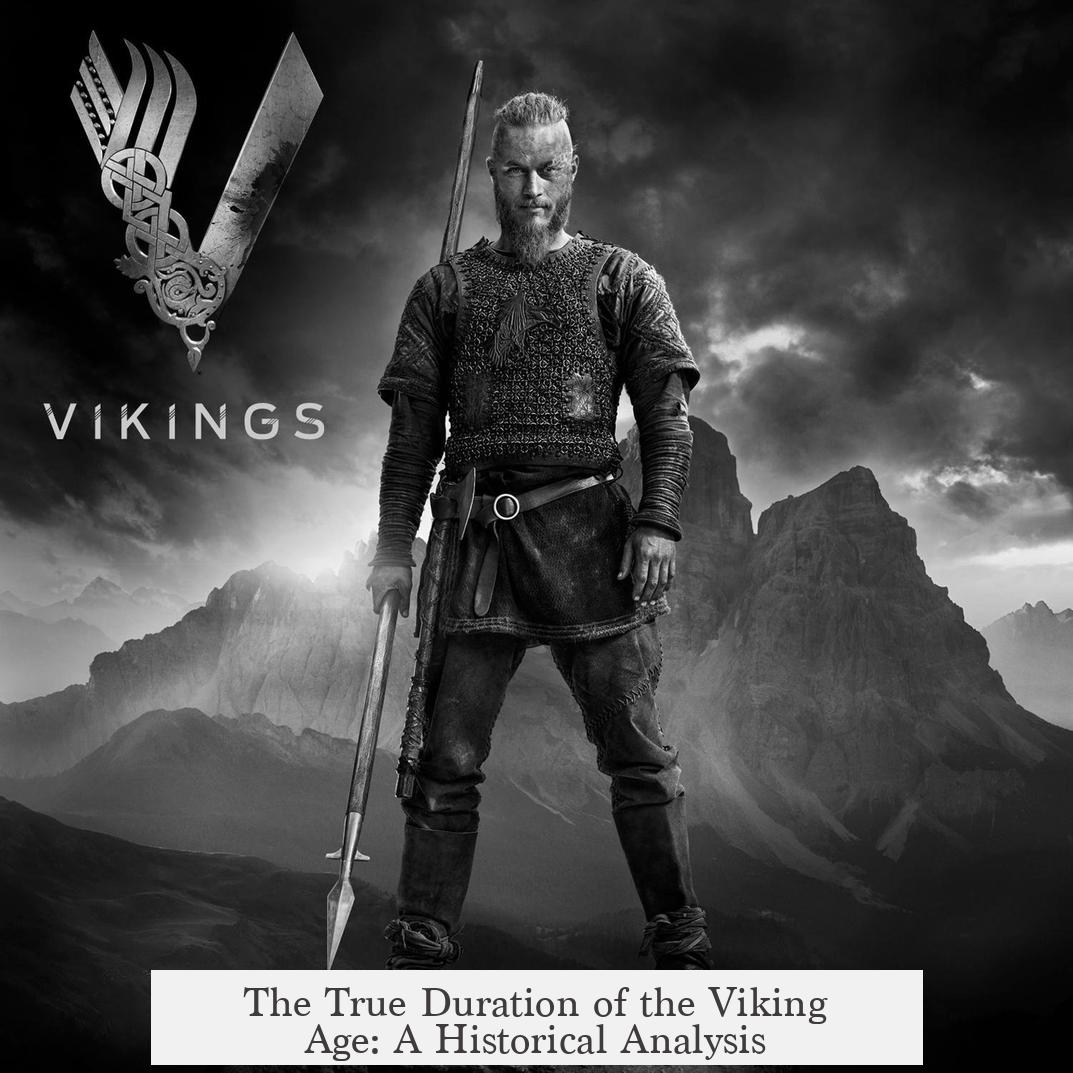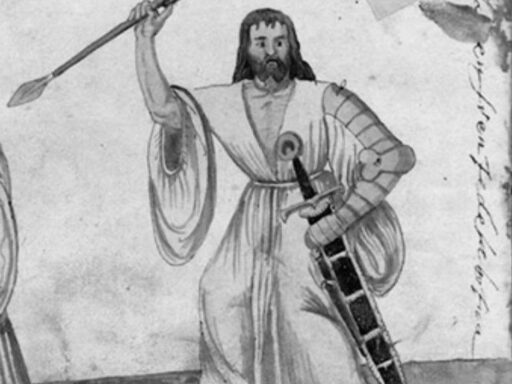The Viking Age actually lasts roughly from 793 to 1066 CE in popular historical understanding. This period marks significant Scandinavian expansion through raids, trading, and settlement across Europe and beyond. The commonly accepted start date is the 793 CE raid on Lindisfarne, while the end is associated with the 1066 CE Battle of Stamford Bridge.
Modern historians define the Viking Age differently depending on criteria and regional focus. It is a periodization created after the fact, not a term used by the Vikings themselves. The term depends heavily on how “Vikings” are defined, which varies between scholars.
There are multiple definitions of “Vikings.” The narrowest sees Vikings as raiders—those involved in violent, swift attacks. Broader views consider all Scandinavians involved in exploration and settlement during the time as Vikings, even if they did not raid. Archaeologists in Scandinavia often link the Viking Age to the final phase of the Iron Age, before medieval Christian states emerged in the region.
| Definition | Description | Timeframe |
|---|---|---|
| Narrow (Raiders) | Individuals conducting attacks and raids on foreign territories. | Circa 793–1066 CE |
| Broad (All Scandinavians of the Era) | Anyone from Scandinavian societies engaged in exploration, trading, or settling. | Late Iron Age to early Middle Ages |
The traditional timeline centers on two key events. The first is the infamous Viking raid on Lindisfarne Abbey in England on June 8, 793. This attack shocked Europe and is widely seen as marking the start of sustained Viking activity overseas.
The end date is tied to the Battle of Stamford Bridge in 1066. There, King Harold Godwinson of England defeated the Norwegian king Harald Hardrada, halting large-scale Viking invasions in England. This defeat is often interpreted as the decline of Viking influence in the British Isles.
Some historians question these boundaries. For example, Judith Jesch suggests the Viking Age could start earlier, around 700 to 750 CE. Archaeological evidence indicates Scandinavian contacts with the British Isles before 793, showing earlier raids or exchanges might have occurred.
Despite this, the 793 to 1066 date range remains the standard framework within scholarly and popular history due to its clear historical events marking the start and end. The definitions and emphasis reflect a balance between established key moments and archaeological discoveries.
- The Viking Age is largely framed from 793 CE, beginning with the Lindisfarne raid.
- It concludes in 1066 CE at the Battle of Stamford Bridge, marking a decisive end in England.
- Definitions of “Vikings” vary from raiders only to all Scandinavians active in exploration and settlement.
- Archaeological perspectives treat the Viking Age as the late Iron Age period before medieval kingdoms.
- Alternative views suggest the Viking Age may have started earlier, based on evidence of pre-793 contacts.




